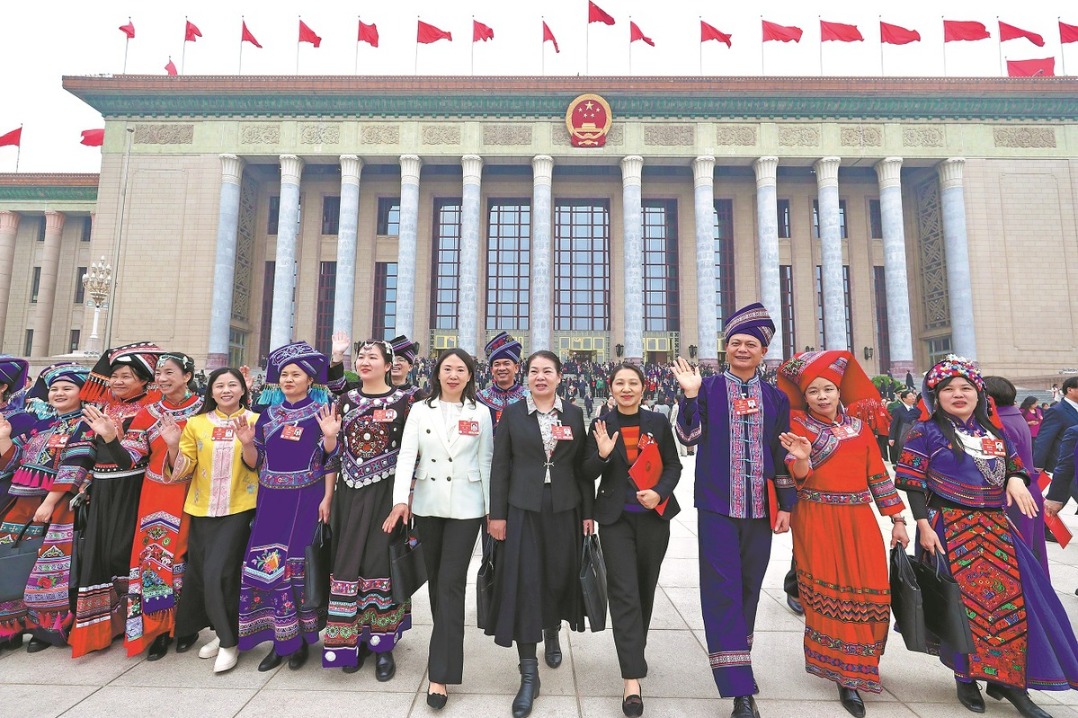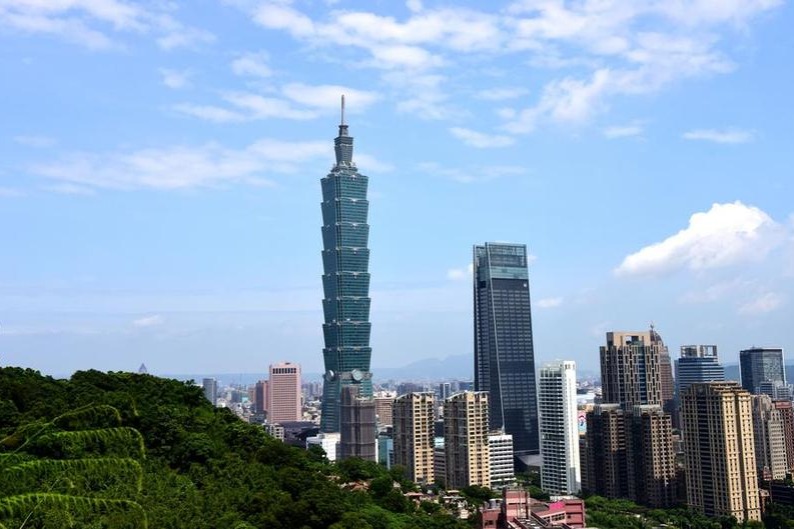Xinjiang highlights education sector growth over past decade


Over the past decade, Xinjiang's education system has expanded at a pace unmatched in its history. Regional officials say the changes have transformed access to schooling for students of all ethnic groups.
Mamatemin Musa, director of the region's education department, emphasized the unprecedented development at a news conference in Urumqi on Sept 30. He highlighted the rising financial investments, stating that Xinjiang's average proportion of fiscal education expenditure to GDP has reached 6.23 percent. A total of 47.9 billion yuan ($6.7 billion) has been used to improve conditions in elementary and secondary schools. The amount of financial assistance covering all stages of education for underprivileged students increased from 2.04 billion yuan in 2012 to 9.31 billion yuan in 2024.
Xinjiang averages one kindergarten for every 106 children and one primary school for every 817 pupils. Its consolidation rate for nine-year compulsory education and gross enrollment rate for high school education surpass the national average.
Students in Aksu, Kashgar, and Hotan prefectures, and the Kizilsu Kirgiz autonomous prefecture in southern Xinjiang now receive 15 years of free education, from preschool to senior high school.
According to the regional education department, since the launch of the 14th Five-Year Plan (2021-25), the region has recruited 39,500 primary, secondary, and kindergarten teachers. Additionally, more than 20,000 exchange teachers from 19 provinces and municipalities involved in paired assistance with Xinjiang, retired veteran teachers from across the country, and volunteer college students participating in China's Far West Program, have come to provide educational aid to the region since 2021.
By 2024, Xinjiang had 63 higher education institutions, 24 more than in 2012, with the gross enrollment rate in higher education reaching 57.86 percent. Since 2021, more than 700,000 students have graduated from universities in Xinjiang. Among those graduates coming from other regions of China, nearly half have chosen to stay and work in Xinjiang.
Undergraduate education has become available across all five prefectures and autonomous prefectures in southern Xinjiang in 2024, with the number of students exceeding 200,000.
Meanwhile, the number of students attending vocational schools in Xinjiang reached 575,000 in 2024, marking a 60.69 percent increase compared to 2012.
- Xinjiang highlights education sector growth over past decade
- Global engineering conference opens in Shanghai
- All Zhejiang students through grade 9 now have spring and autumn vacations
- China's second-longest river experiences first flood of 2025 after torrential rain
- Chaoyang Park hosts international light festival through October
- New study traces below-cloud evaporation in Qinghai-Tibet Plateau hinterland





































